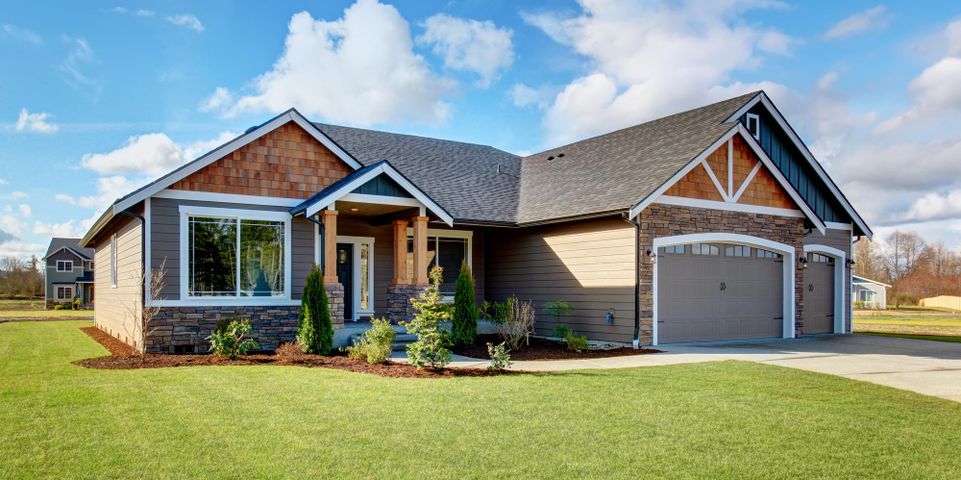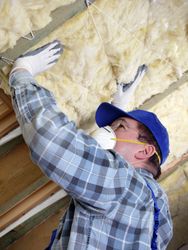How to Spot Mold on Your Roof & How to Address It

Typically appearing in damp areas of a home, mold is a common problem that can cause extensive property damage and contribute to serious health problems. When this fungus grows inside, you can usually spot the dark, fuzzy, or slimy patches on walls right away. However, when mold develops on roofs, it may take a while for you to notice. To help you protect your home and maintain a healthy living environment, here’s what you need to know about detecting mold on residential roofing, and how you can address the matter.
How Can You Tell If Your Roof Is Moldy?
Discolored Surface
If you stand back far enough and look up at your roof, or safely climb up with a ladder, you may be able to see visible signs of mold growth. Depending on the type that’s growing, this invasive fungus may create black streaks, white spots, or slimy green discoloration on shingles.
Leaks
When you have a leaking roof, it’s important to not only fix the problem but also inspect for mold damage. While leaks can develop for many reasons, this water damage may be due to progressive deterioration caused by mold growth. In other cases, the presence of moisture may encourage the fungus to grow in the area surrounding the leak.
Musty Odor
Mold produces a tell-tale musty odor that gets stronger as you approach the source. If you smell something odd in your attic or the uppermost levels of your home, the scent may be coming from fungus within the roof materials.
What Steps Should You Take If There’s Mold on Your Roof?
 Since mold and the products used to clean it can be toxic, it’s best to hire a professional who knows how to remedy the situation safely.
Since mold and the products used to clean it can be toxic, it’s best to hire a professional who knows how to remedy the situation safely.
The exact steps needed to resolve the growth will depend on how far it has spread. First, the source of moisture, such as a leak or poor drainage, should be fixed to keep the area dry. Next, an anti-fungal cleaning solution can be applied to remove mold and algae growths. If any materials have rotted due to the infestation, they will likely need to be removed and replaced.
Can You Prevent Mold Growth on Residential Roofing?
The best way to deter future mold growth is to work with a roofing contractor who has experience with moisture control solutions.
Depending on the needs of your home, you may be able to prevent the problem by improving drainage to keep water off the roof. Trimming overhanging branches and clearing away organic materials is also essential to keeping fungus spores from latching on to the surface.
When you need a helping hand to restore a moldy roof, turn to Sandberg Contracting in McKinney, TX. Providing comprehensive residential roofing services, this fully-equipped and experienced contractor will thoroughly repair leaks to resolve moisture problems. And if the damage is irreparable, this team can also provide end-to-end roof replacement that you can count on. Visit this roofer online to learn more about these capabilities or call (972) 989-8100 to schedule a free inspection.
About the Business
Have a question? Ask the experts!
Send your question

